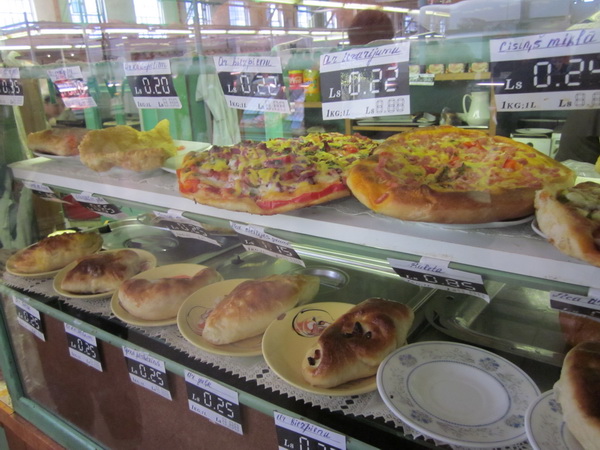Worldwide Pop-up Restaurant Day August 17
Wednesday, August 13th, 2014An international idea celebrated in 50 countries, Restaurant Day is a food carnival created by food-loving people setting up one-day restaurants. The idea of the day is to have fun, share new food experiences and meet others in our community. People offer their family cuisine, favorite recipes, desserts or whatever in their backyard or a park. Prices are very inexpensive.
Check the maps to see if there is one in your city.
Date: Sunday, August 17
http://www.restaurantday.org/
Tags: carnival, city, countries, cuisine, dessert, family, food, map, people, recipe, Restaurant










